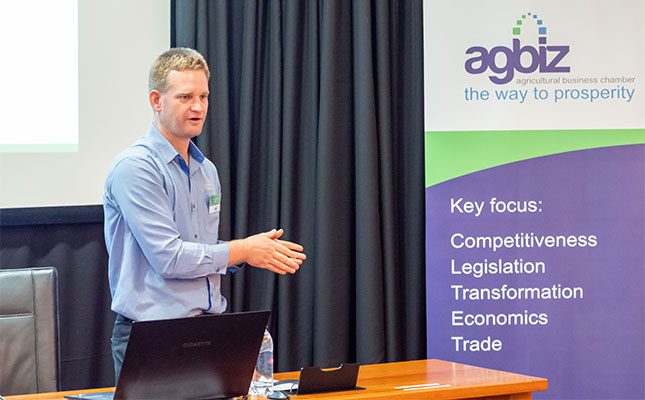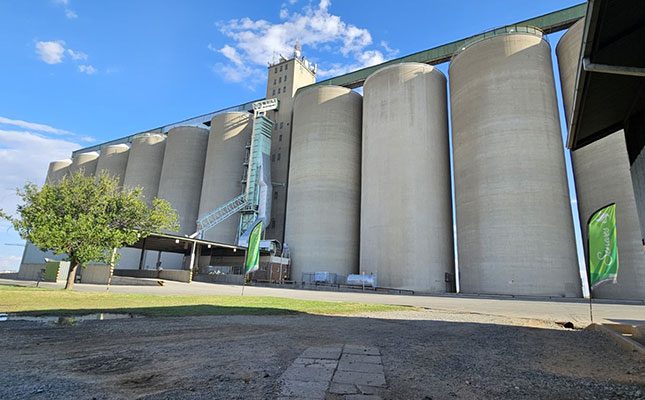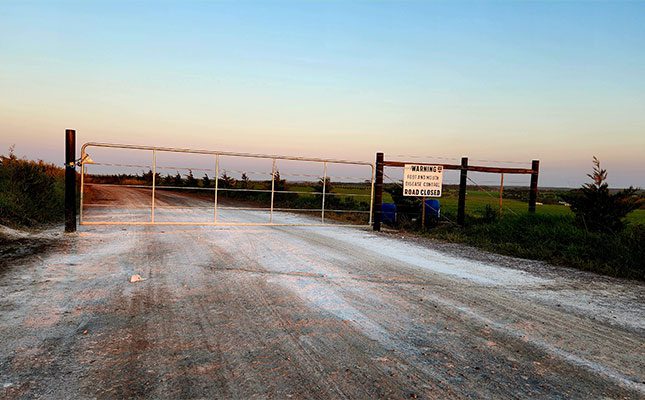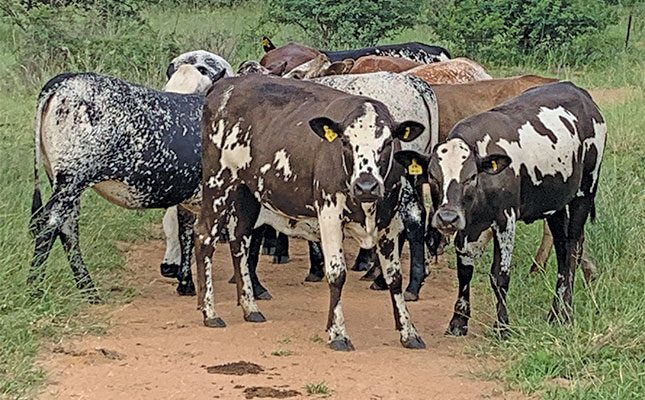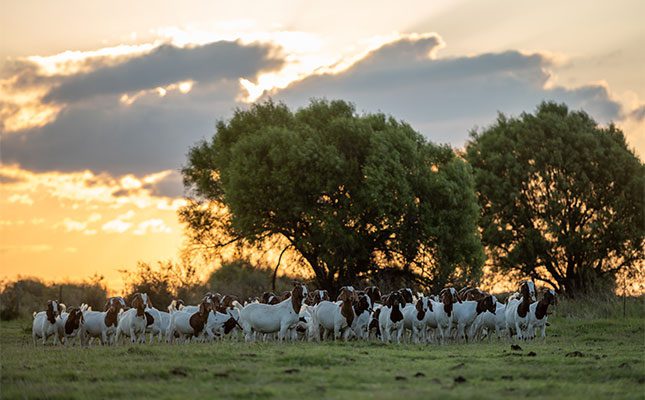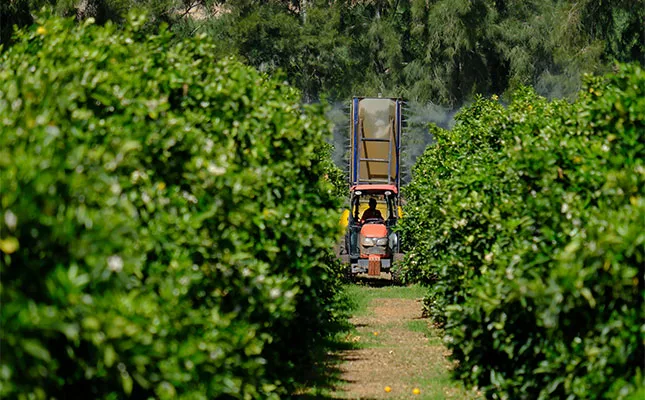
Photo: Jeanne van der Merwe
Industry specialists tackled several sticking points around food safety and pesticide regulations during a wide-ranging panel discussion at the Agbiz Media Day held last week at Elsenburg Agricultural Training Institute in Stellenbosch, Western Cape, warning that seemingly simple solutions could severely harm the local agriculture sector.
Kobus Hartman, veteran crop protection and market access consultant, explained that South Africa’s varied climate, soil types, and biodiversity brings unique risks that aren’t an issue for its Northern Hemisphere peers.
He said that Table Mountain National Park (TMNP) alone is home to more than 8 000 species of plants, of which more than 2 000 are flowering plants.
“The whole of Britain has about 3 500 species of plants, of which about 1 700 are native to the region. In contrast, of that 8 000-plus species [in TMNP], 90 of them are endemic and therefore occur only in the Table Mountain area.
“Why is that relevant? With [South Africa’s] huge biodiversity, we have a lot of pests and diseases that have developed with those plants. And those pests often pose a quarantine problem to our export produce because they are not found elsewhere in the world, or at least [not in] those countries to which we are exporting. Bear in mind that a quarantine pest is not a low-tolerance pest when you start exporting; it’s a no-tolerance pest,” Hartman explained.
For these pests, South Africa faces a dual challenge: first, its pesticide market only makes up 1,5% of the international market, so it does not make business sense for multinational pesticide developers to pursue solutions for them.
Second, Hartman pointed out that there is zero tolerance for quarantine pests in the export market due to the risk of such pests entering areas where they do not occur naturally.
Is the EU a good example?
When asked by panel leader Annelize Crosby, head of legal intelligence at Agbiz, whether comparing substances used in the EU with those used locally was fair, CropLife SA regulatory manager Roleen la Grange said South Africa could learn from other countries, both the good and the mistakes to avoid.
“As many other countries are trading partners, their regulations often affect us because we trade with them.
“We often hear people ask why South Africa still uses pesticides that have been banned elsewhere. There’s an important difference between products being banned and not approved. In Europe, many products are simply not approved, which doesn’t necessarily mean they are banned,” she explained.
La Grange added that the EU regularly reviews pesticide ingredients and identifies studies required to keep a product on the market. In some cases, manufacturers may choose not to conduct these tests because the cost is too high, or they may prefer to introduce new products instead.
“So, it’s not [accurate] to say a product is banned elsewhere, because it may not actually be banned, and there can be various reasons why it isn’t [available in those markets],” she said.
There are also instances where there is no other option but to use hazardous chemicals. La Grange pointed to the fact that the Department of Health still uses DDT, which has long been banned for agricultural use, to control the insect vectors that spread malaria.
“Because the malaria vector is resistant to all other insecticides, we are still using DDT, and that is not a scenario that is relevant to Europe,” she said.
La Grange added that strict regulatory limitations on agrochemicals in Europe have made farmers there less competitive, leading to widespread protests across the trading bloc.
“Between 2023 and 2027, the EU’s planned budget to support farmers who have lost these tools is €188 billion (about R3,8 trillion). Over the past 10 years, such income support has represented nearly half of farmers’ [total] income.
“It’s not actual income from sales or being commercially competitive; it’s government subsidies. If we take those tools away from our own farmers without equivalent support, the consequences could be catastrophic,” she said.

Maximum residue levels explained
Paula Bester, food safety specialist at the Citrus Growers’ Association of Southern Africa, said legislated maximum residue levels (MRLs), the highest level of chemical residue allowed on produce sold locally and internationally, are set well below levels considered harmful to human health.
Agrochemical usage labels are designed accordingly, ensuring residues remain within the allowable margin at harvest.
“The label tells you the dosage or the concentration, the number of applications allowed, and the time of final application before harvest,” she added.
Before being registered for use, agrochemicals undergo several trials at different sites, with a minimum number of replicates to account for variability that could affect residues at harvest.
“These residues – tiny amounts, parts per million and sometimes parts per billion – are fed into a scientific calculator to verify that they do not pose short- or long-term risks to human health.
“This takes into account the South African diet, the typical food basket across all population groups, and the most vulnerable, such as children, the elderly, and pregnant women. It considers the amount of active [ingredient] someone can consume every day for an entire lifetime and over a short period of time without adverse effects.
“Because these factors have high levels of uncertainty, when you reach a value, it is usually multiplied by around 150 to reach the actual MRL or safety threshold,” Bester explained.
She emphasised that even if an MRL is exceeded, it does not necessarily pose a risk to the consumer, although the foodstuff would not be accepted for trade.
Information is lacking
Dr Ilse Trautman, recently retired deputy director-general of Agricultural Research and Regulatory Services at the Western Cape Department, said consumers are worryingly uninformed about the food value chain.
In the continued move towards convenience food, with pre-chopped or pre-cooked meals, “slowly but surely the consumer is moving away from the real origin of food, and also the shape and size of food,” she explained.
“And I feel sorry for farmers who have to juggle the balls and keep everyone happy. You cannot dare to put an unhealthy or unsafe product on the local market. Neither would you be able to risk your industry’s reputation by putting it onto the international market. I think what’s very important is that the consumer gets informed about exactly what is happening.
“People say modern consumers are looking at what they are eating, but what does that mean? They take the packet, look at the label, and look at the nutritional value, the sugar, the carbohydrates, but they still don’t know how safe that food is. I don’t think we inform consumers enough about the entire value chain, all the standards [and] all the compliance [required],” Trautman added.



